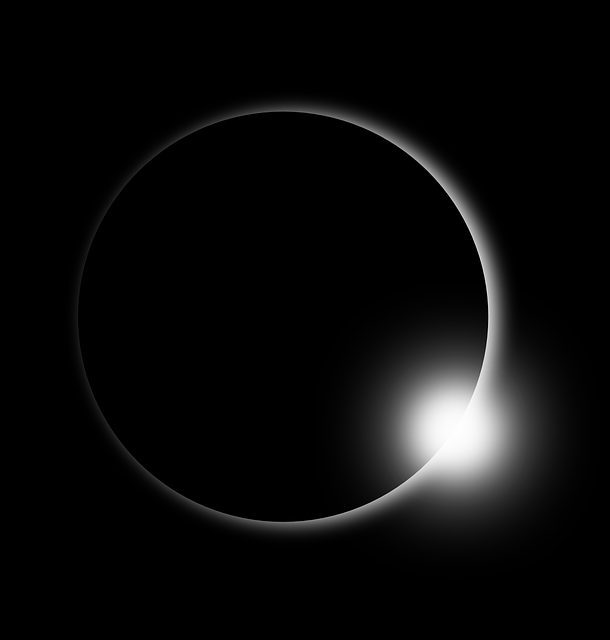The first solar eclipse 2020 will take place on the 21st of June in India. The Moon will cover the Sun from its middle and create a circle of light noticeable in the sky. This ecllipse will be a ring sun. This is going to happen as the Moon is a distance from the earth, which does not cover the Sun in its relative size.
The solar eclipse of June 21 begins at 9.15 am EST, and continues until 3.04 pm EST. The maximum eclipse occurs at 12.10 pm IST. The eclipse is to be seen from many parts of Asia , Africa, the Pacific, the Indian Ocean, Europe , and Australia, according to media.
The Sun , Moon and Planet are in a straight line during a solar eclipse and the Moon joins the Sun and Planet, which prevent the rays of the Sun from entering the Earth. This obscures the heavens as if it were night.


Total, partial and annular are three sorts of solar eclipses. The Moon totally covers the Sun during a total solar eclipse and people can not see the Sun on earth and there is absolute confusion. The Moon covers half of the Sky, making a new light apparent to the people during a partial solar eclipse. Finally, in the course of a ring solar eclipse , the Moon is completely covering the Sun, but the Sun’s ring is quite visible to the people due to their relative small size.
Usually, about two weeks before or after a lunar eclipse a solar eclipse happens. Two eclipses usually occur in a row. However, we saw three eclipses one after the other sometimes.
Only two solar eclipses will take place this year. The first will be held on 21 June, while the next will be on 14 December. The next such eclipse is a complete solar eclipse, in which the Moon blocks the sun’s lights completely and shades the earth. Next solar eclipse from South America, the Pacific, the Atlantic, and portions of the Indian Ocean, the Antarctic and Africa will become visible as per media.
The path of such a rare solstice is a long one – spread across two continents, Africa as well as Asia and 14 countries. However, the path of this rare solstice is also very narrow. The widest route is only approximately 85 km (53 mi) in West Africa. The angularity here lasts 1 minute and 20 seconds approximately.
The size of the Eclipse is 0,996 and it is approximately 21 km long (13 mi). The distance between Greatest Eclipse and the border of China and Nepal is 0,996. Here the angularity lasts approximately 38 seconds.
This eclipse is also the largest of all the anular solar eclipses from 2003 to 2031 (0.99401) during the Largest Eclipse. On the 12th of September, 2034, the next annular solar eclipse will occur.
The Moon blocks 99.4% of the Sun from its peaks and is visible from Northern India according to NASA data. This annular eclipse of 21 June, is to be seen from parts of Africa, such as the Central African Republic, Ethiopia, Congo, South Pakistan and Northern India , and China. At 9:15 IST it will begin at 12:10 IST and reach its peak. It ends at 3:04 p.m. in about three hours. Without any appliance, the axial solar eclipse will be recognizable, but eye protection is suggested.